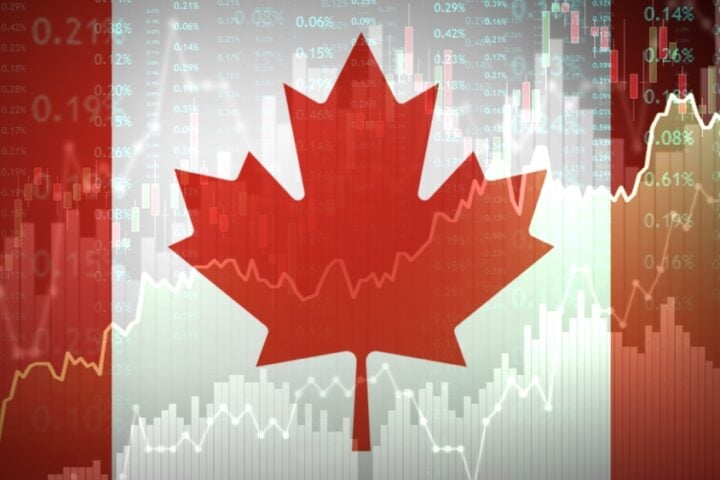The number of Americans filing new applications for unemployment benefits increased moderately last week, suggesting that the labor market remained on solid ground in February.
No Immediate Impact from Federal Layoffs
There were no signs yet in the Labor Department’s report of mass layoffs of federal government workers or deep spending cuts under President Donald Trump’s administration. Economists expect spillover effects on the private sector but say it is too early to see a broader economic impact.
Thousands of federal workers, mostly on probation, have been laid off by Elon Musk’s Department of Government Efficiency (DOGE), a new entity established by Trump.
“The current round of unprecedented belt-tightening and budget cuts and layoffs in Washington have not become a reality yet in terms of showing up in the national statistics,” said Christopher Rupkey, chief economist at FWDBONDS. “But actions taken in the early days of the new administration may yet bring about a broader economic slowdown and is frankly a risk factor that economists did not see at the start of the year.”
Unemployment Claims Data
Initial claims for state unemployment benefits rose 5,000 to a seasonally adjusted 219,000 for the week ended February 15, slightly above the forecast of 215,000. Claims have fluctuated between 203,000 and 223,000 this year, indicating historically low layoffs and a stable labor market.
However, potential job losses loom for workers dependent on federal contracts or funding as the White House aims to reduce the 2.3 million-strong federal workforce, excluding military and postal workers, which Trump has criticized as “bloated.”
Regional Impacts and Federal Claims
Federal layoffs, hiring freezes, and spending cuts are expected to ripple through local economies, particularly in Washington D.C., Virginia, and Maryland, and may lead to private sector job cuts.
Unadjusted state claims fell by 10,118 to 222,627 last week, with California accounting for most of the decline. Claims also dropped in Virginia, Maryland, and Texas but rose in Tennessee and Kentucky.
Federal employees are not included in state-level claims. Their claims are filed under the unemployment compensation for federal employees (UCFE) program, which is reported with a one-week lag. Federal claims rose slightly to 613 in the week ending February 8, with 7,110 federal workers on jobless benefits, up from 6,893 a year ago.
Potential Economic Risks
“Reduced government hiring could signal budget tightening, leading to slower hiring or layoffs in private companies that depend on federal spending,” said Sung Won Sohn, Finance and Economics professor at Loyola Marymount University.
Fed Policy and Labor Market Outlook
For now, unemployment claims suggest a healthy labor market, allowing the Federal Reserve to maintain current interest rates while assessing the economic impact of Trump’s fiscal, trade, and immigration policies.
The Fed left its benchmark rate at 4.25%-4.50% last month after reducing it by 100 basis points since September. The rate had been hiked by 5.25 percentage points in 2022 and 2023 to combat inflation.
February Employment Projections
The claims data corresponds with the survey period for February’s nonfarm payrolls report. Claims fell between January and February, suggesting continued labor market strength. Nonfarm payrolls increased by 143,000 jobs in January, impacted by cold weather and California wildfires.
Economists anticipate a slowdown in job growth in the year’s second half as government employment, a key driver of recent job gains, declines due to federal budget cuts.







